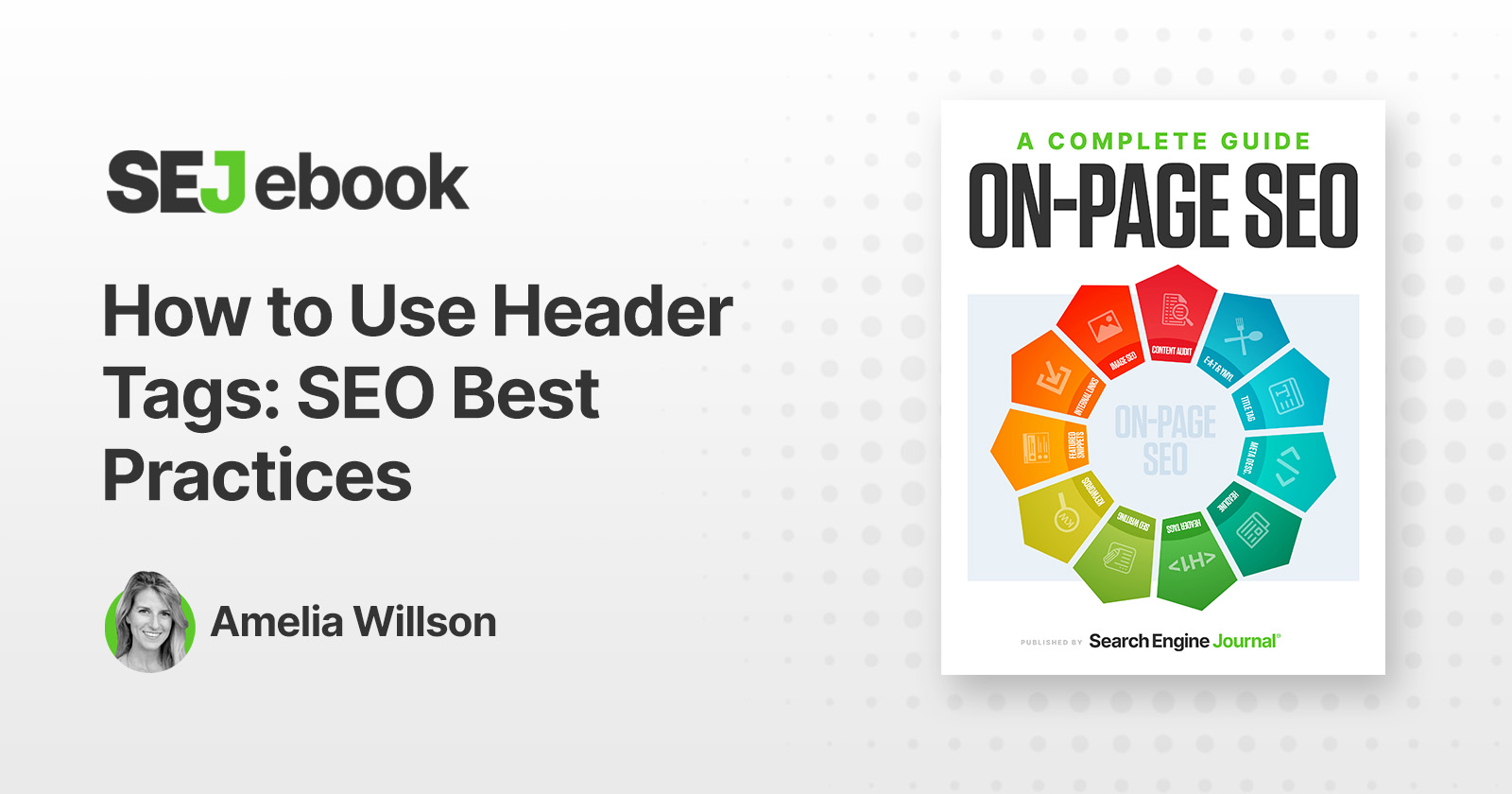The Significance of Header Tags in Web Design and SEO
The world of web design and search engine optimization (SEO) encompasses a myriad of elements, with the header tags taking up a pivotal position. Both the user experience and the search engine rankings are influenced considerably by these modest, yet potent HTML tags. Despite being frequently overlooked, header tags are the pillars of a well-structured content hierarchy, augmenting readability, while facilitating navigation for the human user.
Semantic Significance of Header Tags
A major role that header tags play is the provision of semantic signals for search engines to garner a better understanding of the prevailing context and the key subjects. Various industry experts, including John Mueller—an influential Google Search Advocate, have pointed out how header elements serve uniquely as a "really strong signal" for Google's comprehension of a page's themes.
Nexus of Header Tags, User Experience, and SEO
Considering Google's commitment to rewarding top-quality user experiences, the strategic optimization of header tags turns into a valuable chance to align with leading practices to cater to both the human visitors as well as search crawlers. The present composition seeks to detail the utilization of header tags as a tool to improve the structure and scannability of content, and target opportunities for the display of featured snippets. We shall also delve into varied techniques of incorporating pertinent keywords and achieving consistent formatting
Understanding the Concept: What is a Header Tag?
Header tags stand as HTML tags that guide a browser regarding the stylistic approach to the portrayal of a text segment on a webpage. Structurally akin to print content, header tags play the role of a title or the introductory part for the content that follows. In terms of hierarchy, HTML header tags follow a sequence of <h1> through <h6>.
- Primary H1 tags: These represent the most critical text encapsulating the central theme or title.
- H2 and H3 tags: Typically, these function as subheadings.
- H4, H5 and H6 tags: These offer a further structure within these subsections.
Playing a dual role for users and search engines, header tags provide a preview of the content readers are about to deal with. For search engines such as Google, header tags contribute context and a hierarchy for your page. They can be envisaged as chapter titles in a book; a quick scan can grant a fairly comprehensive overview of the content's crux.
The Spectrum of Supported Header Tags
In the realm of HTML, there exists a support infrastructure for six levels of header tags, escalating from <h1> up till <h6>. The main heading or title on a webpage usually employs the <h1> tag, whereas the subheadings majorly utilize <h2> and <h3> tags. The rest of the tags—<h4>, <h5>, and <h6>, offer additional structure within these subsections.
Delving into the Best Practices
1. Using Header Tags to Achieve Structured Content
By creating a lucid structure for your content, header tags make the task of navigation easier for the users as well as search engines. As you plan your article or the landing page, take into account the key ideas you wish your visitors to grasp. These primary ideas must form the foundation of your header tags to help in crafting a clear outline.
2. Enhancing Readability with Relevant Subheadings
Breaking up lengthy blocks of text with fitting subheadings enhances the readability exponentially. By making your content more user-friendly and helping search engines identify the topics covered, an article can be made more scannable, thus positioning it to perform well with search engines like Google which rewards user-friendly content.
3. Accurate Incorporation of Keywords in Header Tags
While it is important to include your target keywords in header tags, it is equally crucial to avoid their overutilization. Ensure that your headers are informative and engaging, mirroring the content that follows accurately. Always prioritize adding value and steer clear of keyword stuffing which may lead to a poor experience and possible penalties.
Why are Header Tags Crucial for SEO
Intending to improve user experience, delivering context to search engine algorithms, and increasing the possibility of securing featured snippets, header tags indeed play a crucial role in SEO. Such optimization can lead to improved rankings, augmented visibility, and higher rates of user engagement. By allowing readers to skim through and jump to relevant sections, descriptive headings guide the search crawlers about the context and priority of the page content. The immense potential of header tags should never be underestimated; they must be made a top priority for effective content optimization.
Image/Photo credit: source url
[ad_2]



